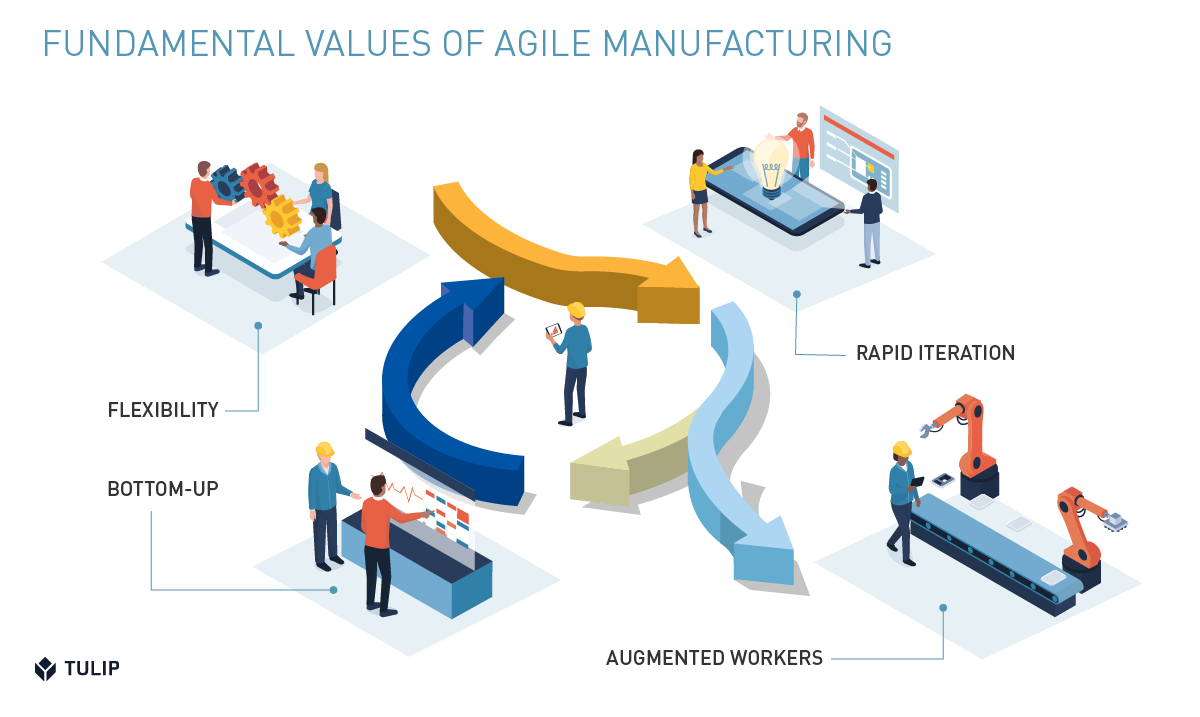Digitalisation in Automotive Manufacturing
Digitalisation is increasingly being an essential part of every company’s infrastructure, enhancing the way we work. Indeed, our world runs at a fast pace, where global demand has become more complex and selective. To stay competitive, businesses have started to realize the importance of digital transformation. This is especially true for the automotive industry.
Most car manufacturers, if not all, have struggled to meet market’s expectations. In other words, customers’ quality standards are rising, forcing companies to provide high-end vehicles at a low price. Therefore, carmakers incontestably need to innovate, or to find ways to cut down costs (or even both). Thus, 2 approaches toward digitalisation seem to make sense: upgrade the end product, or enhance the manufacturing plant (the main focus of this article).
Digitalisation of the finished product
One of the possibilities can be to diverge from the original source of income, hence value can be added somewhere else. Most companies, such as the Volkswagen Group, are already taking that road, as they are being more and more software centred (infotainment, EV, etc.) rather than just offering a car. This means their business model is being redefined, switching from just hardware distributors to also Software as a Service (SaaS) providers. Vehicles are now fully equipped to make our lives more comfortable and easy, rather than just means of transport.
Manufacturing Methods so far
The 2nd possibility can be to upgrade the production line. Since the 1st and 2nd industrial revolution, manufacturers have tried within the realm of possibility to become more flexible and adaptable to changes, with the KAIZEN method as a perfect illustration. Since then, similar approaches have been developed to help companies being more customer-centred, such as agile and lean manufacturing. For the purpose of this article, before showing how digitalisation can level up automotive production plants, let’s quickly see what lean and agile mean.
Agile Manufacturing
Picture taken from Tulip.co
This method was created in 2001 by Agile Alliance. It brings more versatility to companies, allowing them to quickly adapt to changes coming from the demand. Moreover, it offers more transparency and control over a product, from its design to its release into the market. In brief, the goal of the agile technique is to add value at every step of manufacturing operations. In addition, agile also allows the optimisation of existing data. Valuable information is produced daily on every firm’s department, but not always used at its best. Companies should carefully analyze and understand their data, so measures can be taken to boost productivity. This reduces the time and cost for a product to reach the market, hence to quickly answer to clients’ needs.
Lean Manufacturing
Its purpose is to reduce any type of waste within the production line, while improving quality and productivity. In other words, this methodology is more oriented towards a pull than a push strategy. Manufacturers produce the right amount of items according to the demand, that is to avoid overproduction. We can also say that lean seeks to erase steps with no added value within the manufacturing operations
Agile + Lean
To sum up, those 2 methods are beneficial in their own way, and best effective when combined together. As Tulip Interfaces beautifully points out, « while some of the ideas of Lean manufacturing and Agile Manufacturing overlap, the fundamental principles are different. »
And digitalisation in all that?
Although both methods have proven to be efficient, they come with their disadvantages, which can relate to a lack of flexibility. Fortunately, some of the most advanced technologies developed in the last decade can be an answer to a part of those issues. That is where digitalisation and intelligence come into play.
As per Inter-Consulting’s article, Volvo explains that it easily takes years to propose a new model of car on the market, due to preparation time and materials availability. Beyond this, we can safely say that robotics plays an important role. In other words, no matter the methodology used (lean or else), using robots requires high technical knowledge. Without it, to modify a product or to create a new version of it leads to tremendous programming time, that is, costs increase.
Digitalisation comes into action to simplify this process. What if we could enhance industrial robots, so they became more flexible and user-friendly? Here, digital transformation would mean to modify some of the complex robot programming procedures into simple interactions. Otherwise said, let’s imagine reproducing on a 3D model, or through an easy-to-use interface, actions you want the robot to do. Mix that with a bit of artificial intelligence, and the result can be surprisingly efficient.
This advanced solution, combined with lean and agile approaches, can help car manufacturers become more competitive again. It allows their shop floor employees to manipulate the robots as needed, without facing complicated issues. Therefore, trained experts can intervene only when important modifications are required. Without mentioning the time saved with A.I, as it allows industrial robots to adapt to small variations without an employee having to step in.
Final Thoughts
Carmakers, as well as other industries, are facing challenges like never before. Growing and changing demands have forced them to rethink the way they work and produce. Thanks to state-of-the-art technologies, combined with existing methodologies, companies will become more competitive and robotics more accessible. The key to this success is probably found in the openness to shift towards digital transformation, as well as to embrace and incorporate new technologies into existing business models.





